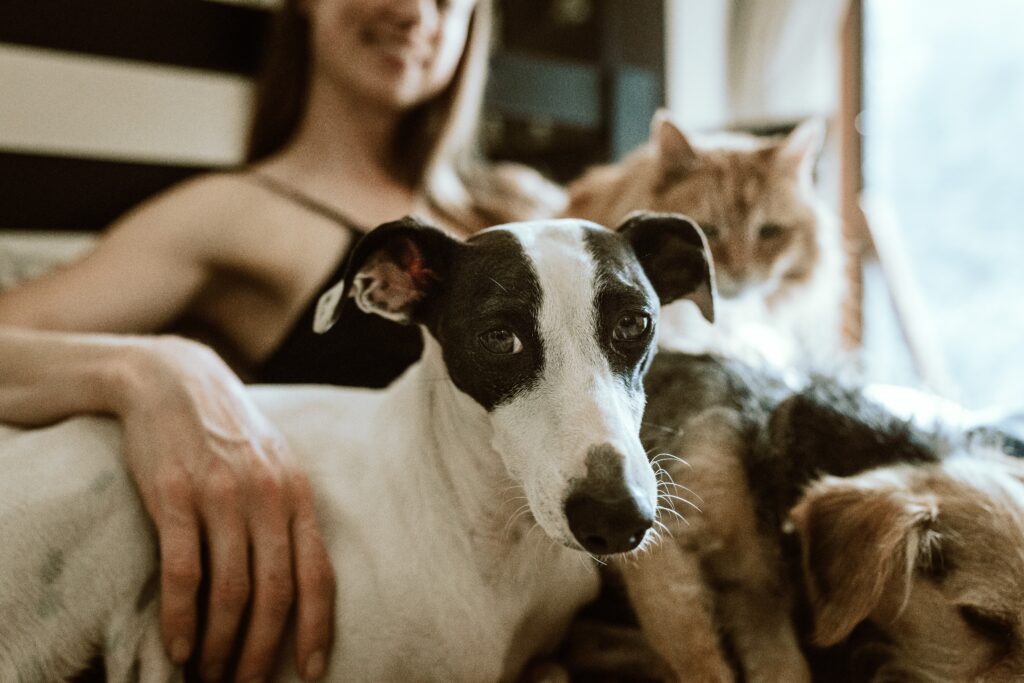Breed-specific dog foods? Health monitoring devices for pets? GPS-embedded dog collars? Dog trainer celebrities? An entire television network devoted to entertaining and relaxing dogs while their owners are away? Online marketplaces for in-home dog sitters? Really, all of this for dogs? It’s clear that some of the recent trends in the $60 billion pet industry are similar to that of the dot com boom—a time in which a handful of heavily capitalized pet retail companies seem to compete to lose money the fastest. Has the investment world once again gone crazy—lost in a world of irrational exuberance with regards to pet products? Or is this time different? If so, why?
While there will inevitably be many failures, this time there will also be successes. As CEO of Rover.com, the world’s leading marketplace for dog sitters, this opinion seems self-serving to the point of being immediately dismissible. However, there are two megatrends working together to create both the opportunity and feasibility of a new slew of pet products and services.
The first megatrend is the continued evolution of pets from property to family members to, eventually, children. Indeed, the term ‘owner’ is increasing passé. A recent survey of dog owners from Harris Interactive (commissioned by Rover.com) found that 76 percent of those with dogs self-identify as ‘pet parents’ as opposed to ‘dog owners’ (for those curious, my four pound Pomeranian, Caramel, is every bit my little girl. Those who view their dogs as children consume pet products and services in a dramatically different way. They are at least twice as likely to purchase organic dog food, spend as much time vetting a dog sitter as they would a babysitter, and many create a social media presence for their dog. Similarly, the American Veterinary Medical Association found that those who consider a dog to be a family member spend more than twice as much annually ($438 vs. $190) on veterinary services as those who view a pet as property (research reprinted in Packaged Facts, Pet Market Outlook, 2013). This changing attitude towards pets is common as countries develop (per capita GDP goes up), and it causes increased demand for personalized products and services that fit the unique needs of a particular dog.
The second megatrend is the continued increase in the power and affordability of technology. An integrated circuit (computer chip) is roughly 2.6 million times more powerful than 40 years ago. The first iPhone was 100 times faster, 1/500th of the volume, 1/100th of the weight, and 1/10th of the price (inflation adjusted) as a 1982 version of a portable computer, the Osborne Executive (Wikipedia.org, Moore’s Law). The infrastructure cost required to start a fully-customized commercial website of reasonable reliability was roughly $50,000-$200,000 in 1999, but could be done for a couple hundred dollars using Amazon’s Web Services in 2011. And now, one can create their own web presence or blog using standard offerings for virtually nothing. Today, the march of technology allows pet products and services to be supplied cost-effectively in a manner never seen before.
These two megatrends work together to simultaneously increase the demand and supply for specialized pet products and services. As such, we will continue to see the following: 1.) targeted, seemingly niche pet products; 2.) products and business models entering the pet world from the human world; 3) the creation of an industry of pet experts and celebrities; and 4) an empowered cottage industry geared towards pets.
At Rover.com, we play in many of these areas. Rover offers dog owners a community of hand-selected dog lovers to serve as hosts when dog parents travel. We’ve borrowed data and statistical techniques from the finance and online media industries to evaluate sitters (in addition to the human reviews) and constantly improve the experience. Thousands of dog lovers can now create either a full-time or part-time dog sitting business with zero upfront financial investment. Some sitters are now earning well beyond $5,000 per month. We cost-effectively deliver stay photos to owners, offer 24/7 vet consultation from U.S. licensed veterinarians, send music videos of stay highlights after the dog’s vacation is complete, provide marketing tools for our sitters, and, perhaps most importantly, keep dogs happy.
The pet industry is on the brink of massive growth, largely fueled by pet parents’ love and passion, and I am often bombarded with questions about the feasibility of new pet products. I don’t think doggie jet packs are around the corner, but there is a huge opportunity for growth in the pet industry. There will be winners and there will be losers, but the good news is that either way the dogs will win.
# # #
Rover’s Top Dog, Aaron Easterly, brings an accomplished resume and more than 10 years of experience in the tech industry to the position of CEO. Prior to Rover, Aaron was General Manager of Network Strategy and Monetization within Microsoft’s Advertiser and Publisher Solutions group. In this position, he drove revenue and improved yield from the $3 billion suite of Microsoft ad offerings. He began his career with Microsoft in 2008 as General Manager of Ad Networks, and prior to that he was VP and General Manager at Atlas Publishing, leading the team responsible for the design of the company’s yield engine that defined methods for performance estimation, segmentation, and optimization.
As CEO of Rover, Aaron’s excitement and interest was piqued when we realized he could help fellow dog owners solve a problem he has frequently faced himself. Aaron also relies heavily on the invaluable consultations he receives on a nightly basis from his four-pound Pomeranian, Caramel. Aaron graduated with honors from Harvard College with an A.B. degree in Economics.


 By
By 









